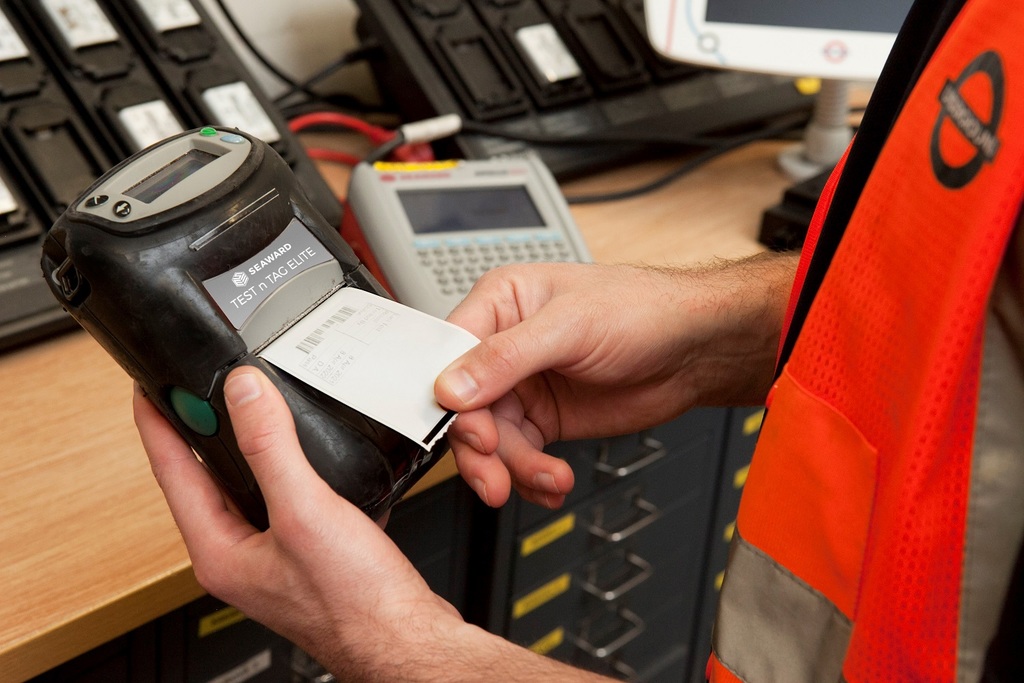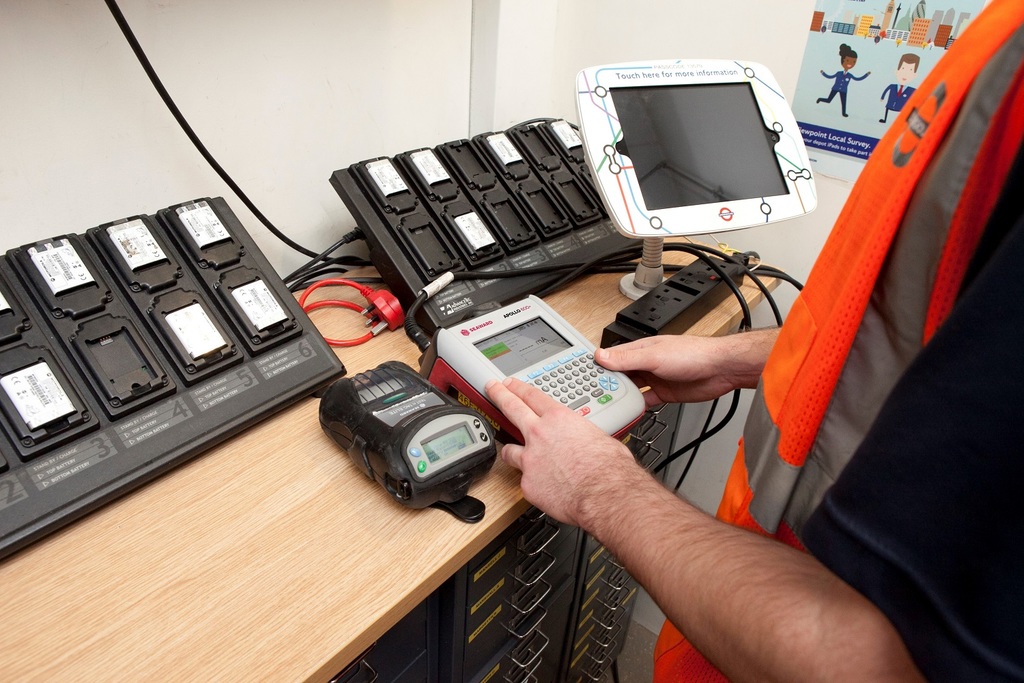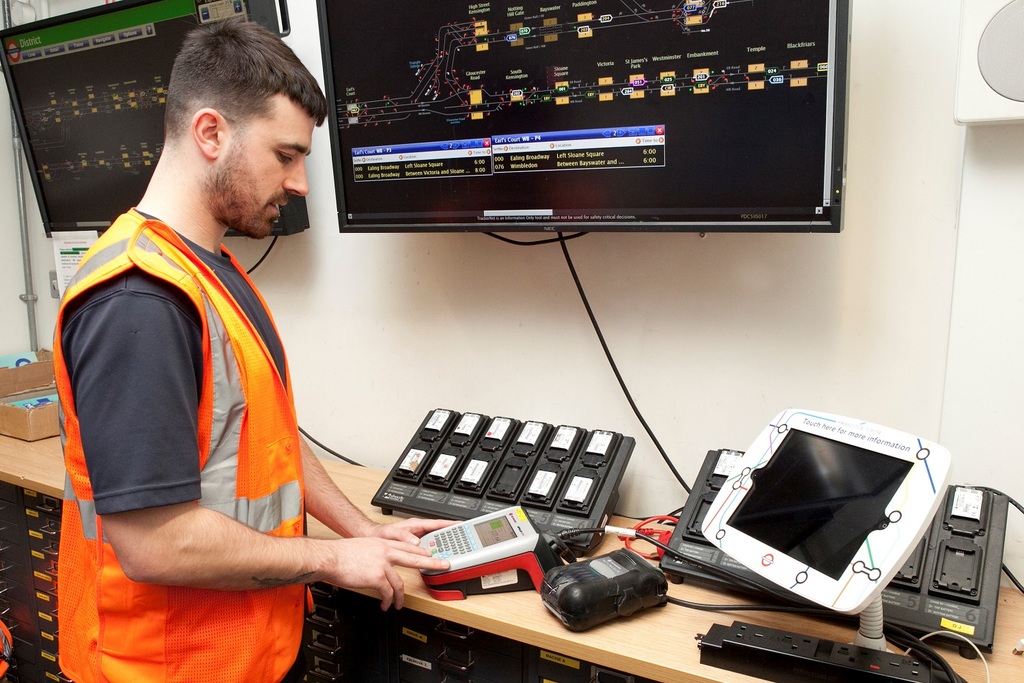
Kelly Rose
Editor

Kelly Rose
Editor
Maintaining the safety of electrical equipment in the workplace requires duty holders to take a robust approach to portable appliance testing (PAT), says Nathan Barwell.
THERE IS irrefutable evidence that the in-service inspection, testing and maintenance of electrical equipment prevents injuries, saves lives and reduces workplace fires that could otherwise have been devastating for those involved. However, an over-zealous approach to testing has led to some situations of over compliance with the regulations.
This is addressed in the IET Code of Practice for In Service Inspection and Testing of Electrical Equipment, which emphasises the importance of duty holders taking a proportionate response to ensure that all workplace electrical systems are maintained to prevent danger - in line with the Electricity at Work Regulations 1989.
To do this, it says that those with responsibility for electrical equipment inspection and testing regimes should pursue a structured approach to assessing the safety risks posed by appliances. With electrical equipment this should include a full consideration of the environment in which the equipment is used, the level of user awareness, the equipment construction and type, the frequency of use, the previous records, and the type of installation for fixed appliances.
Indeed, the Electricity at Work Regulations 1989, along with the HSE Memorandum of Guidance and successive IET Codes of Practice, provide sound advice based on industry experience and the electrical safety needs of the business community. Although nowhere in the EAWR 1989 is there a specific requirement for the testing of electrical equipment, there is an onus on the dutyholder to ensure that equipment in the workplace is properly maintained to prevent danger. It is this requirement that has introduced the implied need for periodic inspection and testing. Without such an approach, the inference is that the dutyholder will be unable to establish the potential dangers posed by faulty or unsafe equipment.
Safety measures
Planned and proactive safety measures should therefore be capable of detecting potential problems with appliances before they occur - a role played by preventative maintenance programmes. As a result, in the event of electrical accidents, property damage or personal injury occurring, portable appliance testing can demonstrate a responsible and diligent approach towards safety that may subsequently be required by the HSE, employers, insurance companies and other interested parties.
Clearly, combined inspection and testing measures should be appropriate to the particular risk posed by the equipment and its environment. For example, smaller offices or workplaces with only a few electrical appliances, and a staff of limited technical ability, might be regarded as relatively low risk environments. Here, a responsible attitude might be regarded as a regular process of formal user checks and visual inspection, combined with some limited periodic testing.
However, a different approach might be adopted by a large organisation, with different departments having a host of diverse types of electrical equipment used by staff. In this case, ensuring the safety of appliances may not only be a matter of ensuring the correct test equipment is available, but also having the ability to show that the right tests have been performed at the right time in the correct sequence - supported by records of test levels and results.
The message from the IET’s Code of Practice is that electrical equipment maintenance regimes should be based on a more focused and robust approach to assessing the risks posed by electrical appliances. In this respect the code has always emphasised that the frequency of inspections and testing should be reviewed on a regular basis after an assessment of the risks associated with the use of a particular appliance. It also iterates that risk-based assessments are the responsibility of the duty holder (which might be the facilities manager, building manager, landlord or other such responsible person), but that a duty holder may enlist the services of a competent person to assist in this process.
Importantly, the emphasis on risk assessment of the code also is completely consistent with the existing legal requirements of the Management of Health and Safety at Work Regulations 1999. In particular the legislation requires an organisation to assess the risks to all persons associated with their electrical equipment, identifying the significant risks - for example, portable equipment used out of doors - and make a record of the assessment. Indeed, the code helps all those involved in maintaining electrical safety in the workplace to better understand their obligations and be able to make more informed decisions on the scope of inspection and testing required.
Risk assessments should also be reviewed regularly to ensure that any control measures are effective and that there are no changes in the assessment factors. To do this, a competent person must be appointed to take responsibility for electrical maintenance, including inspection and testing. This ensures that the individual tasked with this responsibility is capable in that he or she has sufficient training and experience, knowledge and other qualities to enable them to properly support the organisation.
Good practice
It’s good practice to ensure that all equipment that requires routine inspection and/or testing is clearly identifiable and labelled. Duty holders are therefore advised that they ‘…should determine the date for the next inspection and/or tests on a risk assessment basis...and record this on their ‘Equipment formal visual and combined inspection test record.’ Clearly, without a visual reminder of any next test due dates, there is likely to be increased reliance on the effective use of electrical equipment asset records and inspection and test data. Therefore, set against the principles of risk-based maintenance programmes, test record keeping systems take on even greater importance as a valuable management tool for reviewing the frequency of inspection and testing - and good practice suggests that it’s sensible for duty holders to retain records effectively to confirm inspection and testing have actually been carried out.
As an example of duty holders’ responsibilities around PAT, and how test equipment ensures compliance with important electrical safety requirements, London Underground, which operates 11 train lines handling in excess of five million passenger journeys a day, uses electrical safety testers to check the in-service safety of tens of thousands of items at 500 sites across the network as part of an extensive asset management and maintenance programme. These include thousands of electrical appliances such as kettles, dishwashers, microwaves and ovens along with hundreds of power tools, desk lights, water heating systems, electrical fires, first aid equipment such as defibrillators and dozens of laptops, printers and other items of office equipment.
This broad responsibility requires a demanding approach to safety management that links test schedules with appliance identification systems and maintaining comprehensive test records for all items tested. To achieve this, London Underground uses Seaward hand-held Apollo 600+ PAT testers with PATGuard 3 testing software.
These testers together with test and tag printers are carried by engineers in backpacks as they travel from site-to-site to undertake daily safety checks in line with the IET 5th Edition Code of Practice. These include point-to-point testing of fixed equipment and the testing of extension leads, power cords and RCDs. By quickly scanning barcodes of individual appliances, engineers can recognise immediately previously tested equipment and automatically set the required test sequence for that item and speeding up the whole process of asset recognition and testing.
Shaun Littleton, who has been responsible for managing London Underground’s PAT requirements for almost 15 years, said London Underground is 100% committed to safety: “It’s of paramount importance to us. We therefore take our PAT compliance responsibilities extremely seriously, which is why we invest in capable portable appliance testers as part of our extensive equipment service and maintenance commitments. The engineers really appreciate its portability and capacity to integrate testing swiftly and seamlessly with asset identification. This enables them to carry out their responsibilities efficiently and allow them to contribute effectively to the overall running of a 24/7 network operation.”
Against the backdrop of over 30 years of the Electricity at Work Regulations 1989, few could argue that the process of electrical inspection and testing has made an important contribution to improving and maintaining safety in the workplace. Duty holders will continue to have important responsibilities, but at least the use of good test equipment goes along way to helping them meet their PAT requirements and ensure safety measures can be effectively maintained in all workplaces without the imposition of an overly excessive test regime.
Nathan Barwell is category manager at Seaward. For more information, visit www.seaward.com/gb/products/pat-testing



15-18 Bracken Hill
South West Industrial Estate
Peterlee
SR8 2SW
UNITED KINGDOM
0191 586 3511